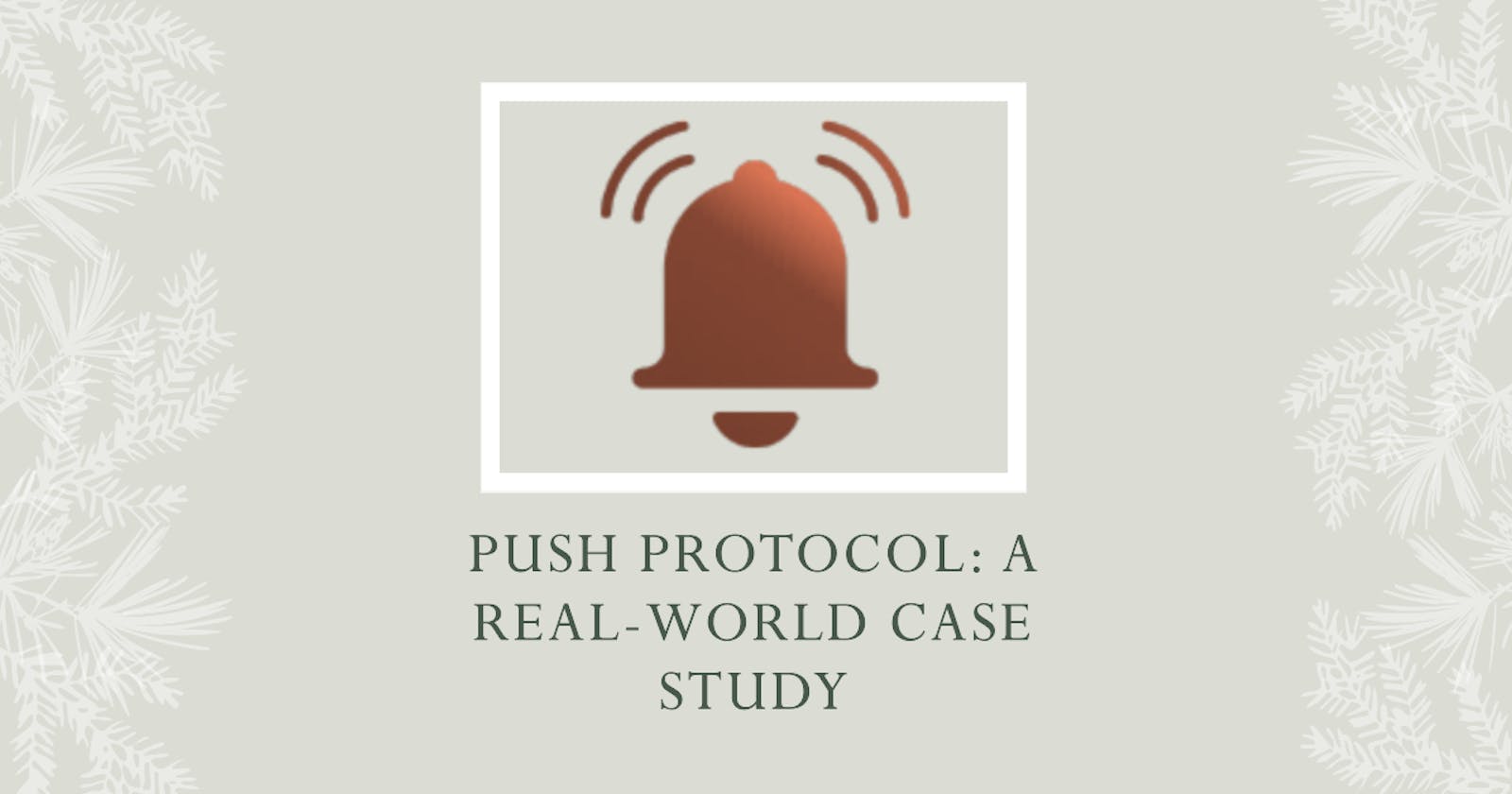Any dApps, smart contracts, backends, or protocols can communicate both on-chain and off-chain via user wallet addresses using the open, gasless, multichain, and platform-independent Push mechanism, which is a Web3 communication mechanism.
Although Push Protocol is still in its early phases, it has already been embraced by several Web3 projects, including:
Uniswap: Uniswap is a decentralized exchange (DEX) that enables users to swap ERC-20 tokens without the requirement for a centralized exchange. Push Protocol is being used by Uniswap to notify users about new tokens, new functionality, and other significant events.
SushiSwap: SushiSwap is a decentralized exchange (DEX) that is comparable to Uniswap. To notify its users via push notifications, SushiSwap also employs the Push Protocol.
Aave: Aave is a decentralized lending protocol that enables users to lend and borrow assets without requiring a centralized middleman. Push notifications for new loans, new borrowers, and other significant events are sent to users of Aave via the Push Protocol.
Synthetix: Synthetix is a decentralized derivatives system that enables users to issue synthetic assets that follow the value of real-world assets. Push notifications on new synthetic assets, new markets, and other significant events are sent to users of Synthetix using the Push Protocol.
These are only a few instances of initiatives within the Web3 community using Push Protocol. Many more projects will probably embrace the protocol as it develops.
The following are a few advantages of using Push Protocol:
Open and gasless: The Push Protocol is a public protocol that anybody may use. In comparison, other push notification alternatives are frequently closed and charge consumers for petrol.
Push Protocol can be utilized on different blockchains because it is a multichain protocol. This is crucial for initiatives that aim to support a larger user base.
Platform-independent: Push Protocol is a platform-independent protocol, allowing it to be utilized on a variety of platforms. This is crucial for initiatives that aim to engage a larger audience.
I recommend learning more about Push Protocol and thinking about implementing it in your project if you are a developer or project manager working on a Web3 application.
More Case Studies
Many other projects are using Push Protocol in addition to the example studies mentioned above. For instance, the decentralized finance (DeFi) system Cream Finance uses the Push system to notify users of new loan markets, new borrowers, and other significant occurrences.
To alert its customers of upcoming events, new quests, and other crucial information, the game platform Alien Worlds also use the Push Protocol.
These are only a few instances of how initiatives within the Web3 community are utilizing the Push Protocol. More projects will probably embrace the protocol as it develops, as is likely.
Conclusion
The communication between dApps, smart contracts, backends, and protocols could be completely changed by the introduction of the revolutionary new protocol known as Push. The aforementioned case studies show the advantages of Push Protocol usage, and more projects will likely do so in the future.
